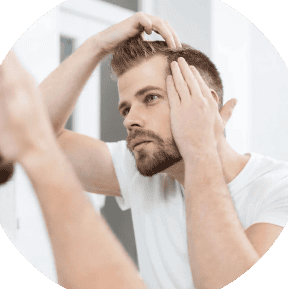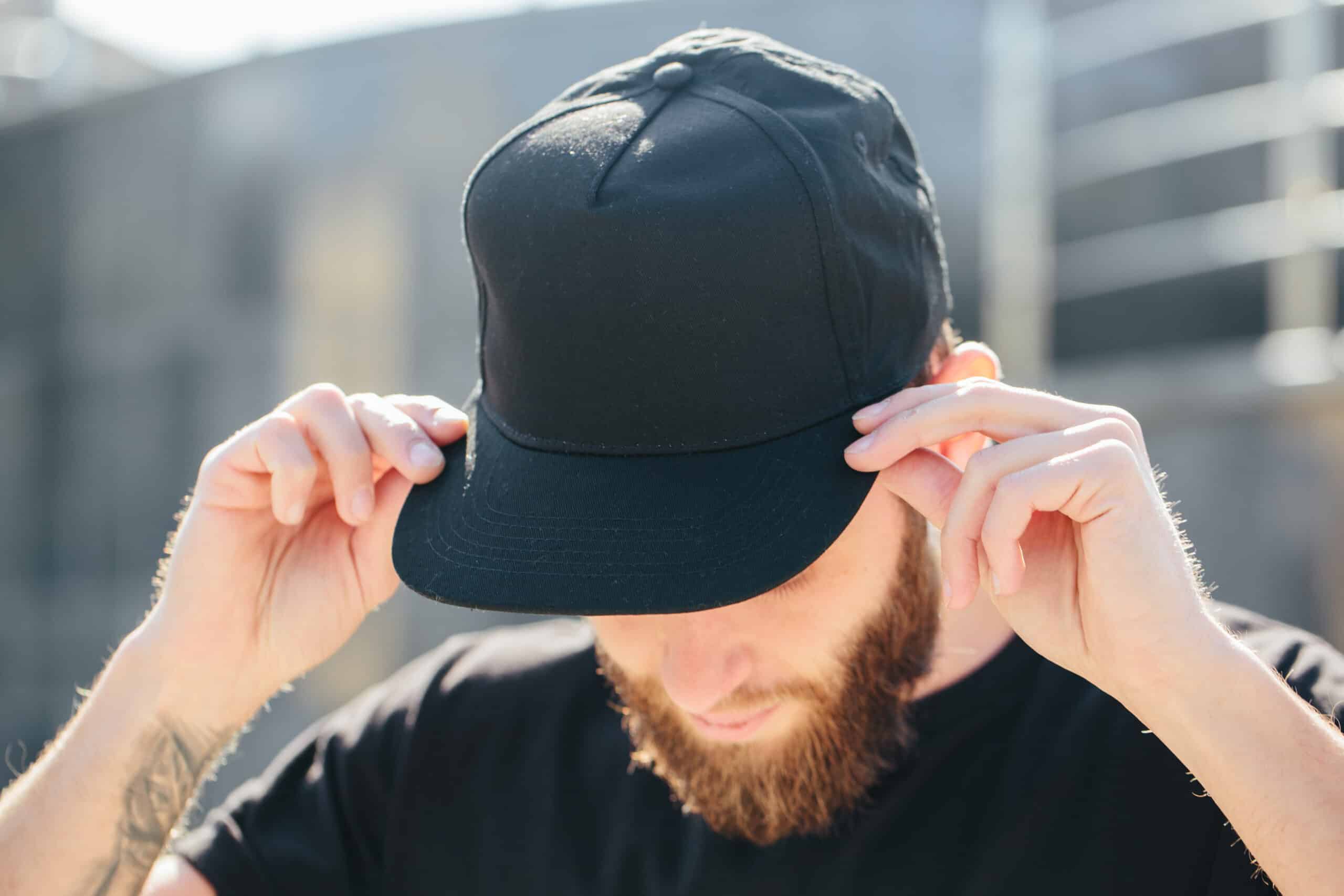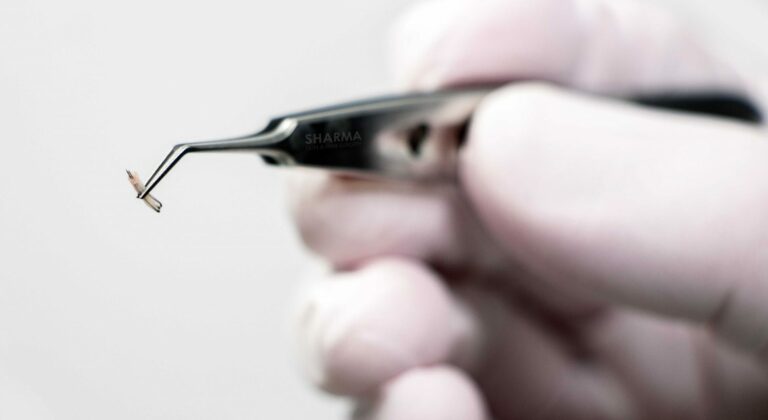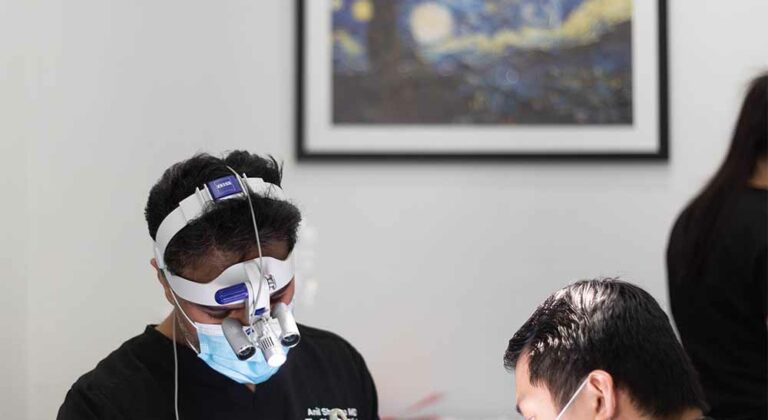Following a hair transplant procedure, proper post-operative care is crucial for ensuring optimal results and minimizing complications. One common question that arises among patients is when they can safely resume wearing hats. This article aims to provide a comprehensive guide on the timeline for wearing headwear after a hair transplant, the potential risks involved, and how to choose the right hat when the time comes.
The initial healing period after a hair transplant is critical for the success of the procedure. During this time, the newly transplanted hair grafts are extremely delicate and susceptible to damage. Understanding the healing process and following your surgeon’s post-operative instructions, including guidelines on wearing hats, is essential for achieving the best possible outcome.
When is it safe to wear a hat after a hair transplant?
Generally, most surgeons recommend waiting at least 7 to 10 days before wearing any form of headwear following a hair transplant. However, this timeline can vary depending on individual healing rates and the specific technique used during the procedure. It’s crucial to consult with your surgeon for personalized advice.
To better understand the healing process and when it becomes safe to wear a hat, let’s break down the post-operative timeline:
Day 1-3: Critical healing phase
The first 72 hours after a hair transplant are crucial for graft survival. During this period, the newly transplanted hair follicles are extremely fragile and have not yet fully anchored into the scalp. It is essential to avoid any contact with the recipient area, including wearing hats or any other form of headwear. This precaution helps protect the grafts from dislodging or being damaged.
Dr Sharma will sometimes place sutures into the scalp for any areas that continually ooze, which can be a side effect of any type of scalp surgery. He typically wants these sutures to be left uninterrupted for a period of 5-7 days.
Research by Gho and Neumann (2011) has shown that the initial 72 hours post-transplant are critical for graft survival, with the highest risk of graft dislodgement occurring during this period. Their study emphasized the importance of minimal manipulation of the scalp during this time to ensure optimal graft retention.
Day 4-7: Early recovery
By the fourth day post-surgery, the transplanted grafts begin to stabilize in their new locations. However, they are still vulnerable to external forces. During this period, some surgeons may allow the use of very loose-fitting, breathable hats under specific conditions, such as brief periods of sun protection or concealment of the surgical area.
If your surgeon permits hat-wearing during this phase, it’s crucial to choose headwear that doesn’t put pressure on the grafts. Loose-fitting caps made from lightweight, breathable materials like cotton are typically recommended. It’s important to note that extended wear is still not advised during this period.
A study by Loganathan et al. (2014) found that gentle handling of the scalp and minimal pressure application from day 4 to 7 post-transplant can significantly improve graft survival rates. This underscores the importance of caution even as the grafts begin to stabilize.
Week two and beyond
From the second week onwards, the transplanted grafts become more firmly anchored in the scalp. At this point, most surgeons agree that it’s generally safe to wear hats more regularly, provided they are not too tight or restrictive.
When selecting headwear during this period, opt for hats made from breathable materials like cotton or bamboo. These fabrics allow air circulation, which is beneficial for healing and helps prevent excessive sweating that could lead to infection. Loose-fitting baseball caps, beanies, or wide-brimmed sun hats are usually acceptable options.
It’s important to note that while wearing hats becomes safer after the two-week mark, you should still be mindful of how long you wear them. Extended periods of hat-wearing can potentially irritate the scalp or impede the natural healing process. Always follow your surgeon’s specific guidelines regarding duration and frequency of hat use.
View our comprehensive transplant recovery timelineWhat are the risks of wearing a hat too soon?
Wearing a hat prematurely after a hair transplant can lead to several complications:
- Graft dislodgement: The primary risk of wearing a hat too soon is the potential dislodgement of newly transplanted grafts. As mentioned earlier, the grafts are not fully secured in the scalp during the initial days post-surgery. Any pressure or friction from a hat could cause them to shift or fall out entirely, compromising the results of the transplant.
- Infection: Hats can trap heat and moisture against the scalp, creating an environment conducive to bacterial growth. This increased risk of infection is particularly concerning in the early post-operative period when the scalp is still healing.
- Delayed healing: Constant pressure from a hat can potentially impede blood circulation to the scalp, which is crucial for proper healing and graft survival.
- Irritation: Even if grafts are not dislodged, premature hat-wearing can irritate the sensitive post-operative scalp, leading to discomfort and potentially affecting the healing process.
A study by Avram et al. (2014) highlighted that mechanical stress on newly transplanted follicles, such as that caused by tight headwear, can significantly impact graft survival rates. Their research emphasized the importance of minimizing such stress, particularly in the first week post-surgery.
Signs of complications to watch for include excessive pain, bleeding, pus formation, or an unusual amount of grafts falling out. If you experience any of these symptoms, or if you accidentally wear a hat before your surgeon’s recommended timeline, it’s crucial to contact your doctor immediately for advice.
How to choose the right hat
When the time comes to wear a hat after your hair transplant, selecting the right type is crucial. Here are some key factors to consider:
- Fit: The hat should be loose-fitting to avoid putting pressure on the grafts. A general rule of thumb is that if the hat leaves a mark on your forehead when removed, it’s too tight.
- Material: Opt for breathable, natural fabrics like cotton or bamboo. These materials allow air circulation and help prevent excessive sweating.
- Style: Loose baseball caps, beanies, or wide-brimmed sun hats are usually good options. Avoid any hats that require pulling over the head, as this can cause friction against the grafts.
- Duration of wear: Even when wearing an appropriate hat, it’s advisable to limit the duration of use, especially in the early stages of recovery.
Examples of recommended hats include:
- Loose-fitting, adjustable baseball caps
- Lightweight, breathable beanies
- Wide-brimmed sun hats made from soft, flexible materials
Hats to avoid include:
- Tight-fitting caps or beanies
- Hats made from non-breathable materials like polyester or nylon
- Helmets or hard hats (if required for work, consult your surgeon for specific advice)
A study by Rose and Shapiro (2013) found that patients who adhered strictly to post-operative care instructions, including guidelines on hat-wearing, showed significantly better graft survival rates and overall satisfaction with their results. This underscores the importance of following your surgeon’s specific advice regarding headwear after your procedure.
In conclusion, while the desire to conceal the surgical area for aesthetic reasons or protect it from the sun is understandable, it’s crucial to prioritize the health and survival of your newly transplanted grafts. Always follow your surgeon’s specific post-operative instructions, including those related to wearing hats. By doing so, you’ll give yourself the best chance of achieving optimal results from your hair transplant procedure.
BOOK NOW
Talk to a Hair Transplant Expert
Are you looking for the most effective treatment plan to reverse the effects of hair loss? Dr. Sharma has a long-lasting commitment to offering the best services in the industry. Not only is he experienced with hair loss treatment, but he is passionate about helping each patient receive excellent results.

SOURCES
- https://www.ncbi.nlm.nih.gov/pmc/articles/PMC4271303/
- https://pubmed.ncbi.nlm.nih.gov/21163581/
- https://pubmed.ncbi.nlm.nih.gov/25368473/
- https://www.ncbi.nlm.nih.gov/pmc/articles/PMC9691097/
- Rose, P. T., & Shapiro, R. L. (2013). Combining medical therapy and hair transplantation to combat male pattern baldness. Facial Plastic Surgery Clinics of North America, 21(3), 337-346.
- https://pubmed.ncbi.nlm.nih.gov/17051119/
Share this:
Medically reviewed by
Updated on
Have a question?
Find out how we can help you look feel your absolute best
Contact us 780-476-7970


